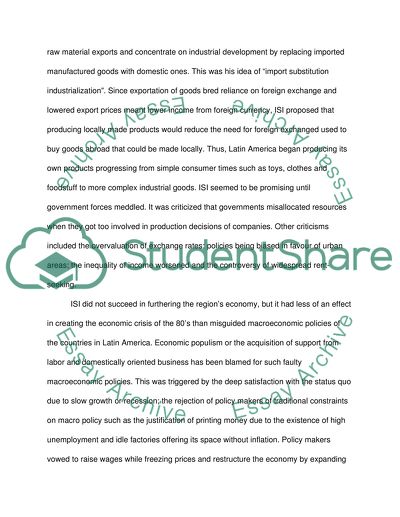Cite this document
(“Resume chapter 15 (trade and policy reform in latin america) Essay”, n.d.)
Resume chapter 15 (trade and policy reform in latin america) Essay. Retrieved from https://studentshare.org/macro-microeconomics/1472838-resume-chapter
Resume chapter 15 (trade and policy reform in latin america) Essay. Retrieved from https://studentshare.org/macro-microeconomics/1472838-resume-chapter
(Resume Chapter 15 (trade and Policy Reform in Latin America) Essay)
Resume Chapter 15 (trade and Policy Reform in Latin America) Essay. https://studentshare.org/macro-microeconomics/1472838-resume-chapter.
Resume Chapter 15 (trade and Policy Reform in Latin America) Essay. https://studentshare.org/macro-microeconomics/1472838-resume-chapter.
“Resume Chapter 15 (trade and Policy Reform in Latin America) Essay”, n.d. https://studentshare.org/macro-microeconomics/1472838-resume-chapter.


